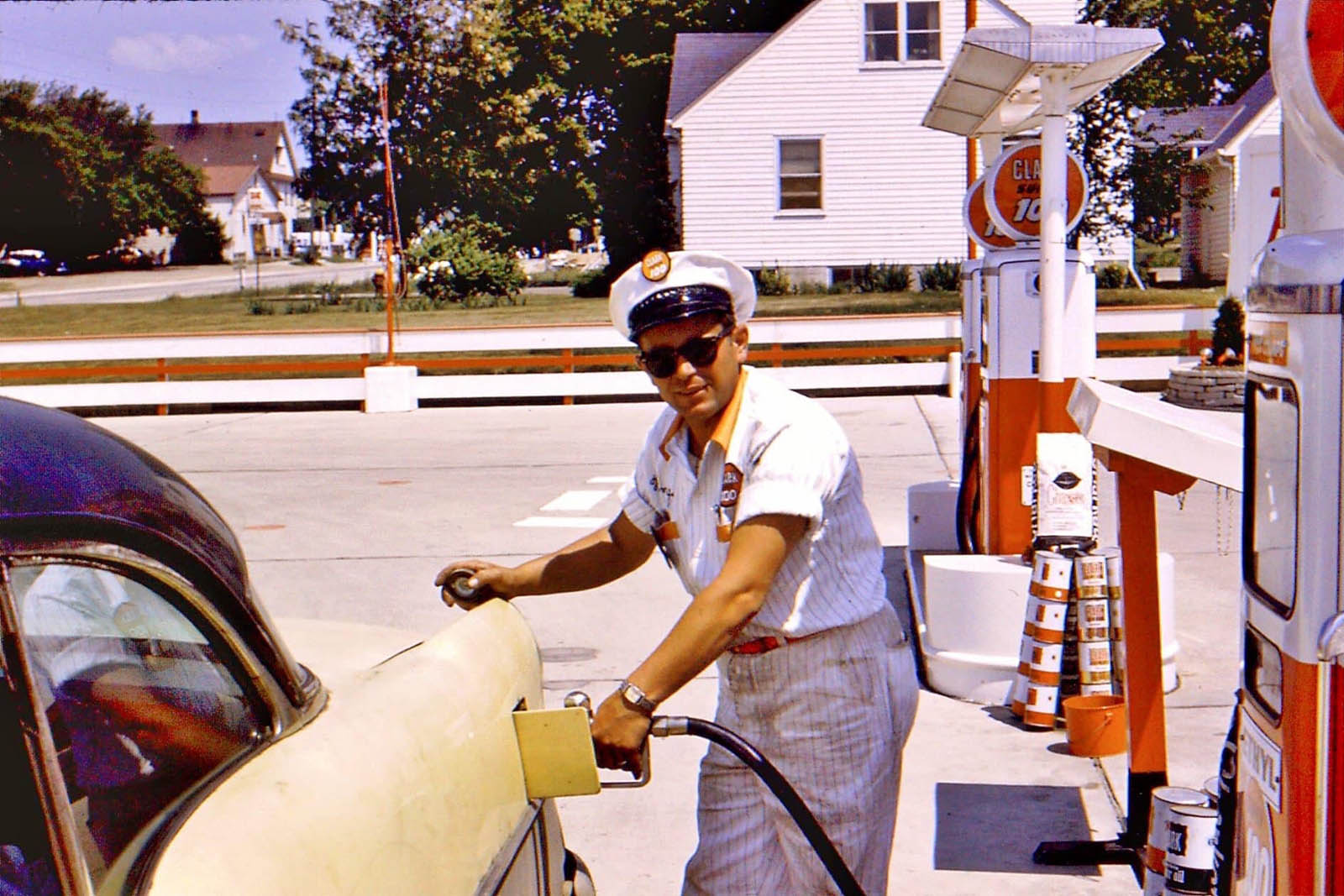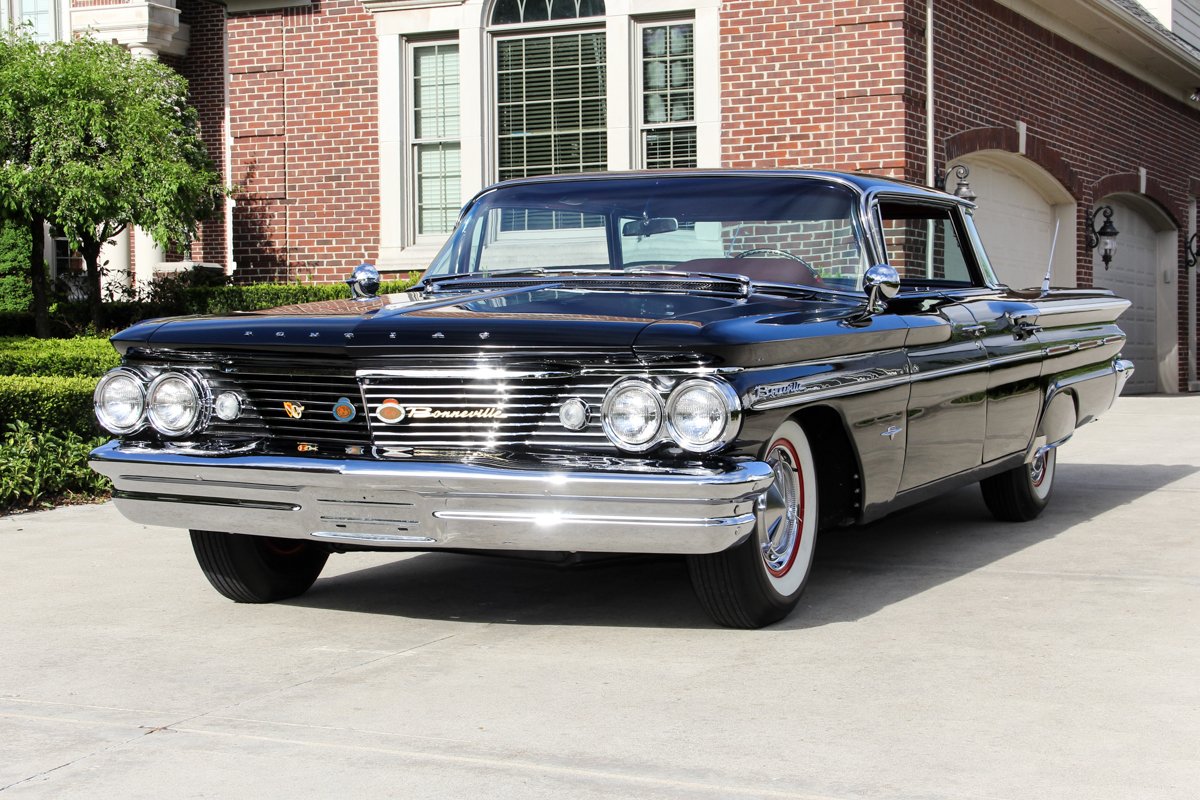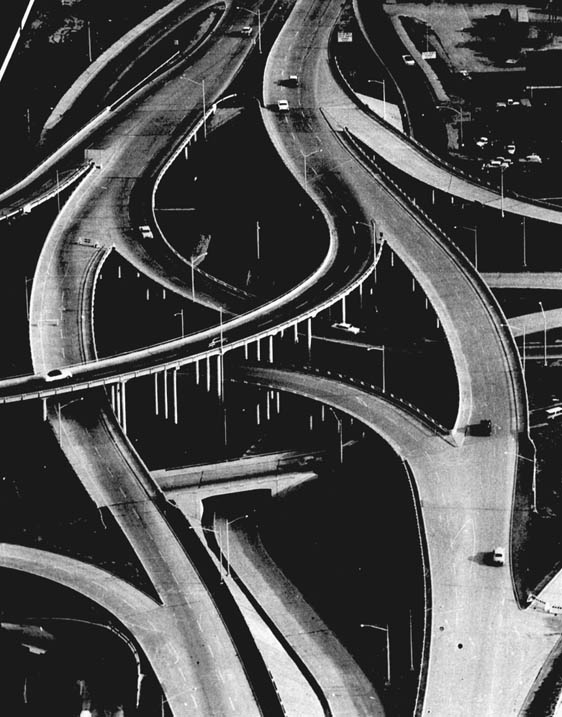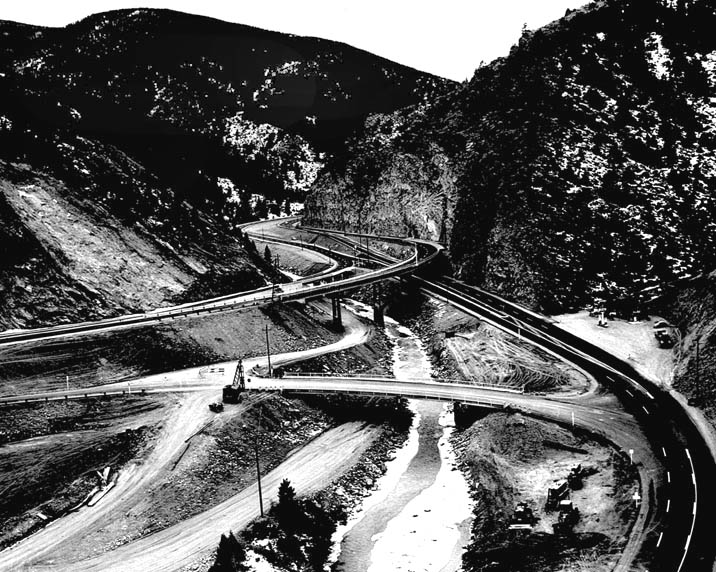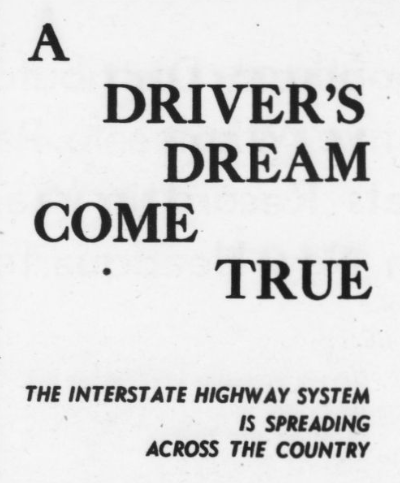Impact on Life
The IHS improved American life. Ease of travel led to the expansion of businesses, like trucking. In 1956, trucks shipped a half billion tons of goods. Today, trucks move 20 billion tons of goods yearly.
Faster shipping times helped other industries. Regional supply hubs developed, further reducing travel times, and provided cheaper, fresher products. In 1996, a study found that for every dollar spent on the interstate, the consumer paid $0.23 less for the product, with respect to local roads.

